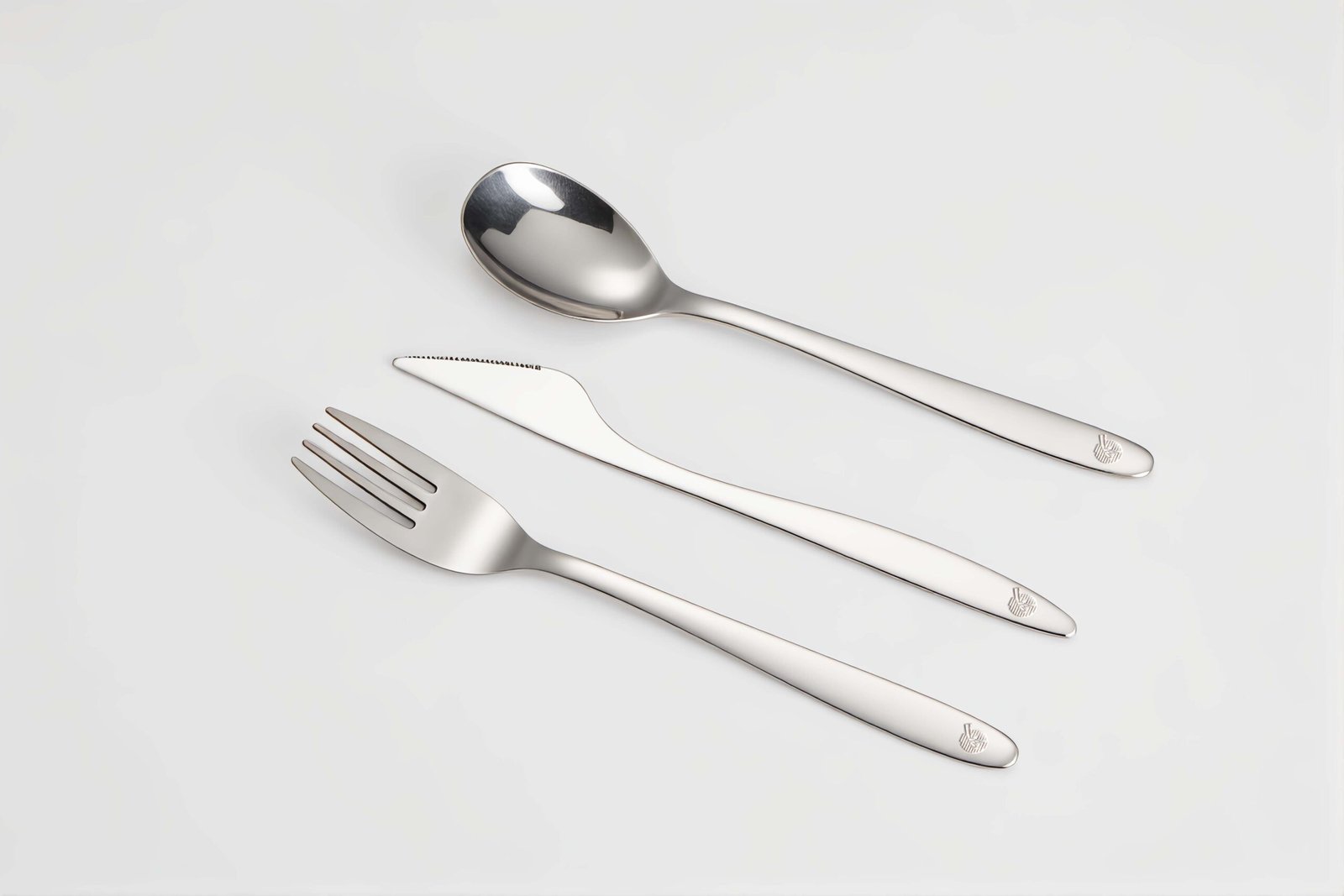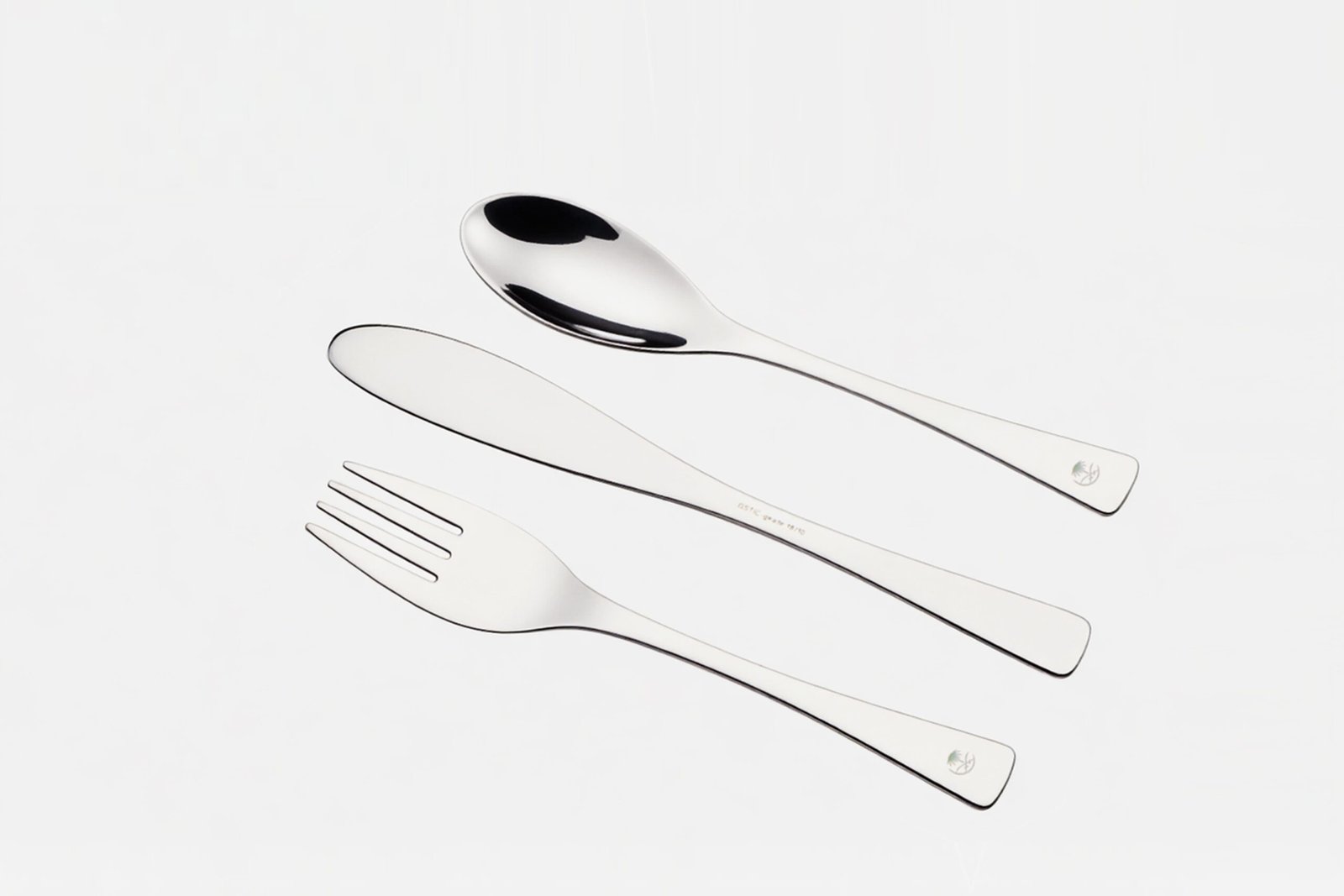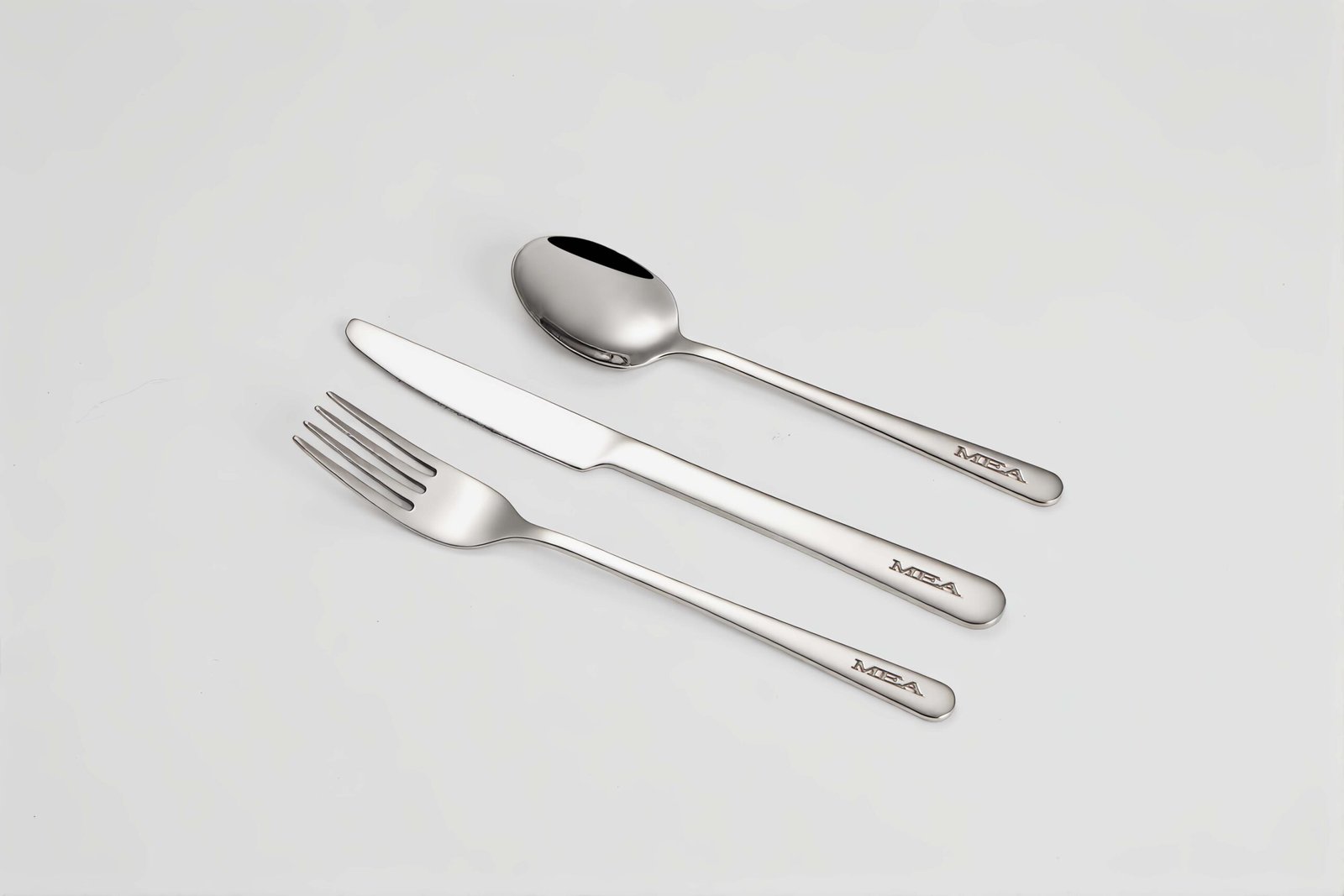The holiday table is stunning—but have you ever wondered why there are so many different forks?
Christmas forks include special designs and purposes, from appetizer forks to dessert forks, creating a festive and elegant dining experience.
During the holidays, we often focus on decorations, gifts, and food. But cutlery also plays a quiet yet powerful role in shaping the celebration. Let’s explore the magic behind these different forks and what they’re really for.

What is the difference between a luncheon fork and a dinner fork?
The names sound similar—so why do we need both?
A luncheon fork is shorter and slightly narrower than a dinner fork, typically used for lighter meals like salads or lunch entrees.
Understanding Fork Length and Function
Let’s compare these two forks to see why each exists. Their difference isn’t just about size—it’s about the message each one sends at the table.

🧩 Dimensions and Use Cases
| Fork Type | Average Length | Typical Use Case | Meal Type |
|---|---|---|---|
| Luncheon Fork | 6.75 to 7 in | Salads, light entrees | Brunch, Lunch |
| Dinner Fork | 7 to 8 in | Hearty mains like steak/pasta | Dinner or Holiday |
A dinner fork has a stronger presence. It’s built for weightier food. The luncheon fork is more delicate. During Christmas, I often set both. Luncheon forks are perfect for salad starters or cold appetizers. Then the dinner fork comes into play for the roast or turkey.
In formal settings, this distinction matters. It helps pace the meal and maintains a sense of refinement. You can even find matching sets where each fork follows a particular design theme—holiday motifs, subtle engravings, or golden accents.
What are the three forks on the table for?
Seeing multiple forks can feel like solving a mystery—what goes with what?
The three forks are typically the salad fork, the dinner fork, and the dessert fork, each placed in order of use from the outside in.
How Forks Tell a Story at the Table
Understanding this arrangement removes the guesswork and gives your dinner party an elegant rhythm.
🧩 Common Three-Fork Layout
| Fork Position | Fork Type | Used For | Placement Rule |
|---|---|---|---|
| Leftmost | Salad Fork | Starters like leafy greens | First to be used |
| Middle | Dinner Fork | Main dish | After salad fork |
| Closest Right | Dessert Fork | Cake, fruit, or pastries | Usually brought later or placed above plate |
I remember once at a client dinner in Germany, I reached for the wrong fork. It was a small mistake, but I quickly learned: table setting is more than tradition—it’s communication. For Christmas, I always teach my son this little rule: outside in, like unwrapping presents layer by layer.
Each fork guides the eater through the course of the meal. It keeps the presentation polished and adds ceremony to something as simple as eating.
What are very small forks called?
They’re cute and petite—but what do we actually call them?
Very small forks are often called cocktail forks, seafood forks, or pastry forks, depending on their use.
Small Forks, Big Purpose
These tiny tools serve a specialized function. Let’s break down what each type does—and when it makes sense to use them.
🧩 Types of Small Forks
| Name | Size Range | Common Use | Extra Details |
|---|---|---|---|
| Cocktail Fork | 4.5–5.5 in | Shrimp, olives, appetizers | 2 or 3 tines, sharp tips |
| Pastry Fork | 5–6 in | Cakes and pastries | Often has a wider tine for cutting |
| Seafood Fork | 4.5–6 in | Crab, lobster, oysters | Narrow, long, sometimes slightly curved |
When hosting a Christmas party, I include cocktail forks in the appetizer tray. They look charming, and guests love their usefulness. Small forks also allow for more intimate plating. You can fit more designs on the table without crowding.
Sometimes people skip them, thinking they’re optional. But when you use the right fork, your hands stay clean, and the food presentation stays neat. It shows attention to detail—a sign of care for your guests.
What are the three different forks?
Are these the same as the three forks on the table—or something else entirely?
The three main types of forks are the salad fork, the dinner fork, and the dessert fork, each designed for specific courses.
Forks by Function, Not Just Placement
These forks are named not only for when they’re used but for how they’re built.
🧩 Structural Differences Among Forks
| Fork Name | Features | Food Type | Shape & Design |
|---|---|---|---|
| Salad Fork | Shorter, sometimes wider | Leafy greens, cold dishes | Often has broader tines |
| Dinner Fork | Largest in set | Main entrees | Balanced and symmetrical |
| Dessert Fork | Small, often curved | Cake, pie, berries | May have cutting edge |
Sometimes a set will call the salad fork a “starter fork,” or the dessert fork a “fruit fork.” The names shift, but the idea is the same: give each dish the fork it deserves.
I like to think of these forks like roles in a play. Each has a part to perform, and together, they create the perfect dinner performance.

Why do fancy restaurants have 2 forks?
Is it tradition, or does it actually make eating better?
Fancy restaurants use multiple forks to match each course, maintain cleanliness, and enhance the dining experience.
More Than Just Fancy
Using more than one fork helps keep flavors from mixing and creates a rhythm in the meal.
🧩 The Logic Behind Multiple Forks
| Reason | Explanation | Benefit |
|---|---|---|
| Course Differentiation | Each fork fits a specific dish | Enhances taste and texture |
| Hygiene | Fresh fork means no sauce crossover | Cleaner eating experience |
| Style & Formality | Reflects etiquette and tradition | Creates memorable ambiance |
I once interviewed a chef who told me that “forks are like punctuation in a meal.” That stuck with me. When I dine at a restaurant with two or more forks, I feel like each dish is getting its own space. There’s no rush—just good food, great company, and respect for the process.
What is the strawberry fork used for?
It’s not just for strawberries—so what’s its real use?
A strawberry fork is a small, narrow-tined fork designed to pick up soft fruits or delicately serve berries without crushing them.
Specialty Forks Deserve Their Place
This one often surprises people. But strawberry forks have a clear, delicate purpose.
🧩 Characteristics of a Strawberry Fork
| Feature | Details |
|---|---|
| Size | Around 5–6 inches |
| Tine Shape | 3 sharp narrow tines |
| Best Use | Strawberries, soft fruits, canapés |
| Alternate Names | Fruit fork, berry fork |
On holidays, I serve a berry medley as a fresh finish. The strawberry fork is ideal. Unlike spoons that mash or fingers that leave a mess, this fork is gentle. It picks without damage.
Not every table needs a strawberry fork. But including it shows an extra level of care. It’s these little things that make a celebration feel thoughtful.
Christmas forks add elegance, function, and festive flair to the table. Choosing the right fork enhances every bite of your holiday meal.






